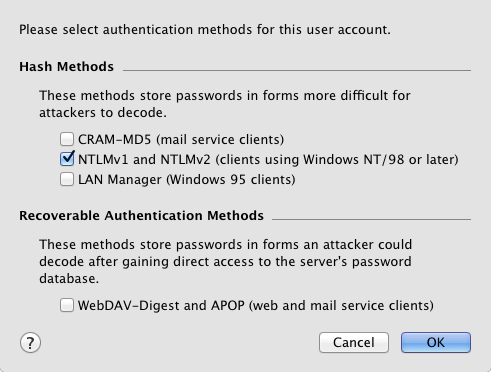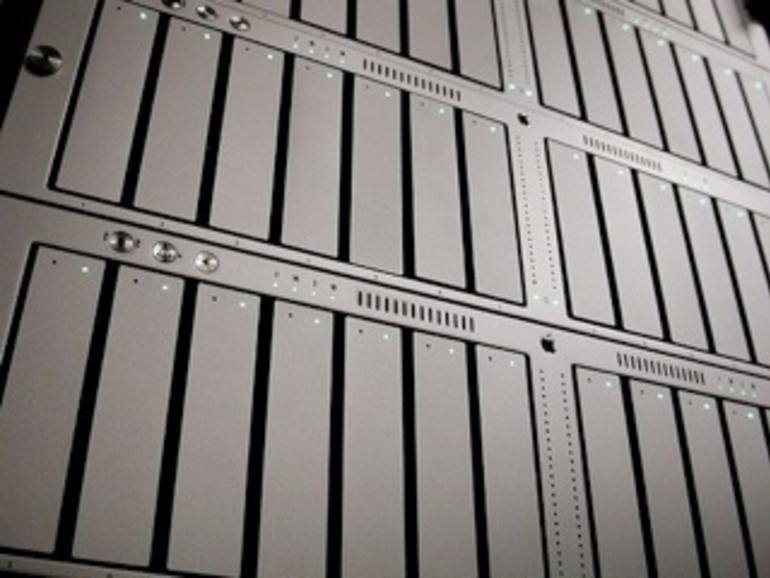

- #Apple server admin tools 10.6 for mac os x#
- #Apple server admin tools 10.6 mac os x#
- #Apple server admin tools 10.6 install#
- #Apple server admin tools 10.6 download#
#Apple server admin tools 10.6 mac os x#
Mac OS X Deployment v10.4 Exam (9L0-609) - 2 credits.
#Apple server admin tools 10.6 for mac os x#
To achieve the ACSA for Mac OS X v.10.4 Tiger, new candidates took any of the following exams to earn the seven required certification credits:
#Apple server admin tools 10.6 install#
The last ACSA certification was offered for Mac OS X v10.6 and will not be available for Mac OS X v10.7 and later.Īn ACSA will have demonstrated the ability to install and configure Mac OS X systems, as well as the ability to design and configure networks enable, customize, tune, and troubleshoot a wide range of services and integrate Mac OS X, Mac OS X Server, and other Apple technologies within a multi-platform networked environment. designed certification program to verify an in-depth knowledge of Apple technical architecture. Apple Certified System Administrator ( ACSA) was an Apple Inc. Point your web browser at if using webrickĪlternatively, follow the standard installation instructions at RedmineInstall, making the alterations suggested in the forum post "Mac OS X - Snow Leopard installation notes" at.If you set the development database settings in config/databases.yaml instead of the production database settings, you can replace production with development in the above command.

Start the Ruby web server with ruby script/server webrick -e production.In your config/database.yml add parameter socket: /path/to/socket.sock Sudo ln -s /Applications/MAMP/tmp/mysql/mysql.sock /tmp/mysql.sock Sudo ln -s /Applications/acquia-drupal/mysql/data/mysql.sock /var/mysql/mysql.sock Link Mac OS X's mysql socket to the stack's socket to trick Ruby into finding the right mysql instance:.Check that mysql on the command line points to the mysql binary for your stack ( which mysql) and create a database and user as per RedmineInstallOSXServer. Use the stack's phpMyAdmin or its equivalent tool to create the database and user, ORĢ. Start your server-stack and check the MySQL server is runningġ.If you installed the developer's tools, this should be in place. gem needs this in order to build the ruby-to-mysql plugin.
#Apple server admin tools 10.6 download#
You my need to download and install MySql binaries from the link in RedmineInstallOSXServer.Sudo env ARCHFLAGS="-arch x86_64" gem install -no-rdoc -no-ri mysql -with-mysql-config=/usr/local/mysql-5.1.34-osx10.5-x86_64/bin/mysql_config Sudo env ARCHFLAGS="-arch x86_64" gem install -no-rdoc -no-ri mysql -with-mysql-config=/usr/local/bin/mysql_config For example you may try the following depending on where you have mysql installed: You may need to build your mysql gem if sudo gem install mysql fails.Establishing defaults with rake and RAILS_ENV You don't need gem install passenger or the Passenger preferences pane if using webrick.ģ.Use webrick instead only if using for development environment only, passenger has better performance.

If you have the MySQL Preference Pane installed in the System Preferences, you can start/stop MySQL from there.Īlternatively, if you are installing for a development environment only, you can use another instance of MySQL, such as those bundled with MAMP, MAPStack, XAMPP, the Acquia Drupal Stack Installer and other pre-compiled and packaged server stacks. Since Mac OS X doesn't have the "Server Admin" application, you'll need to start & configure MySQL manually from the command line.

Instructions for the server edition are here. Installing Redmine on Mac OS X 10.6 (Desktop - not the Server edition) ¶


 0 kommentar(er)
0 kommentar(er)
